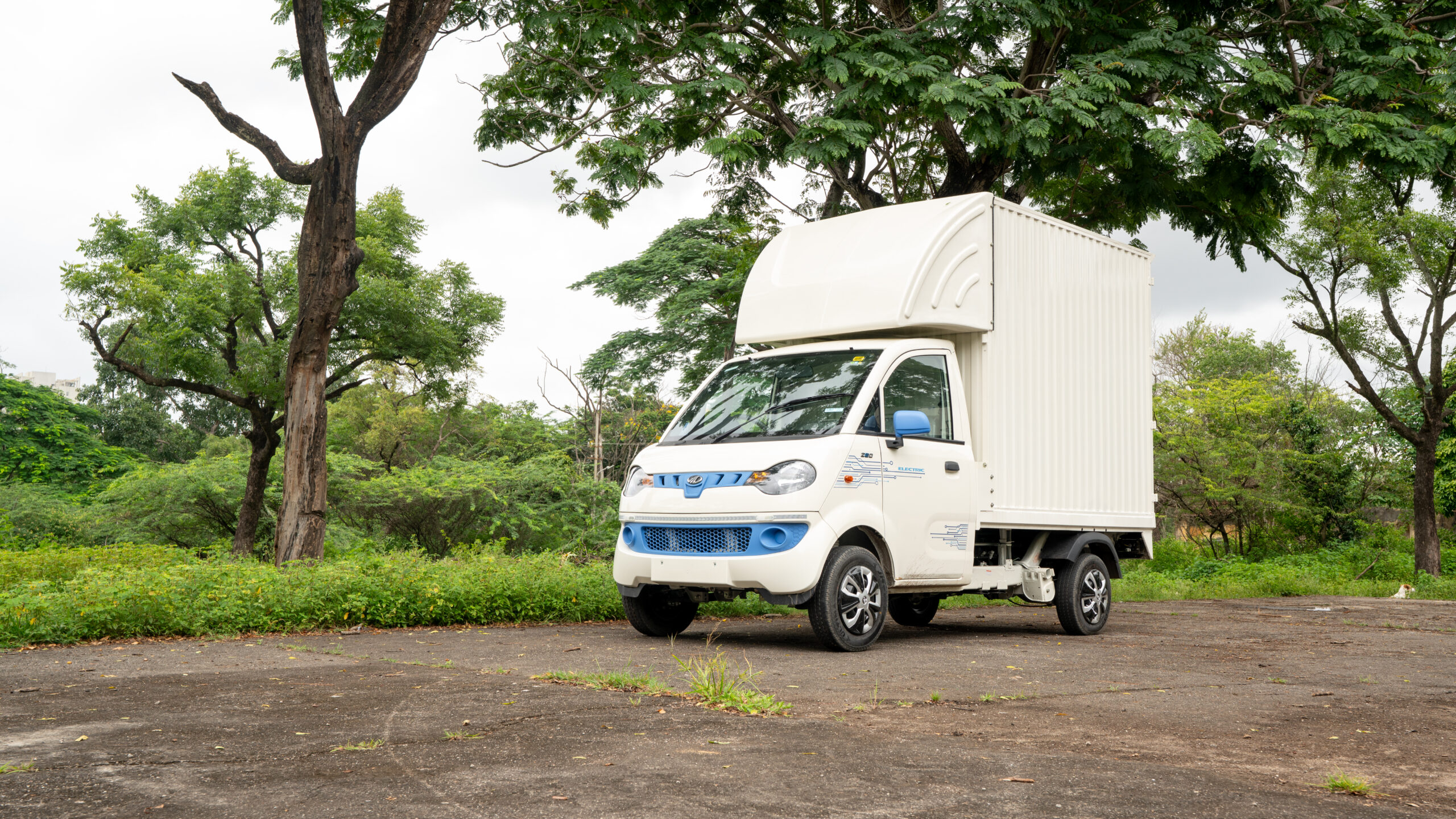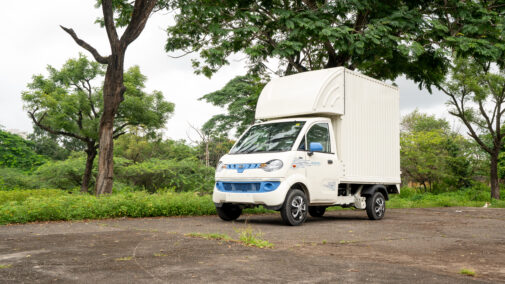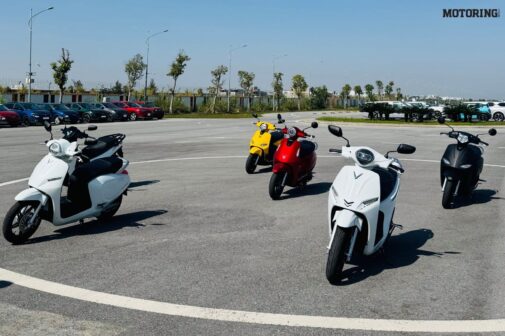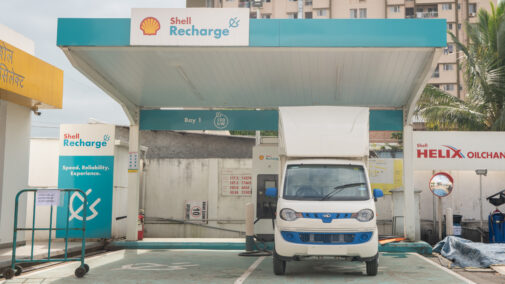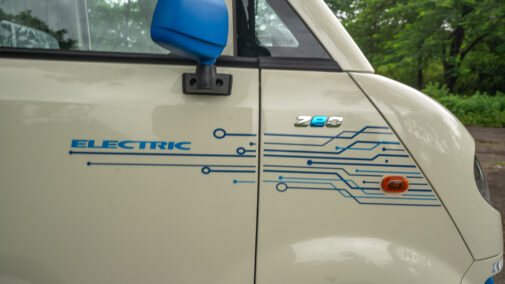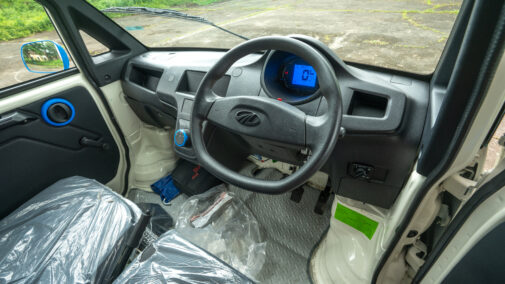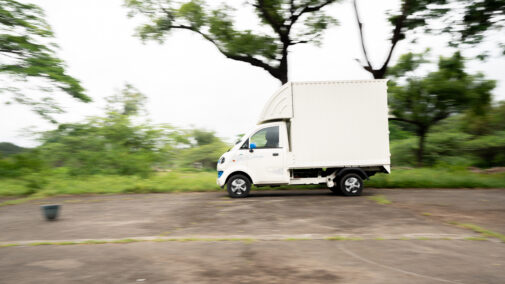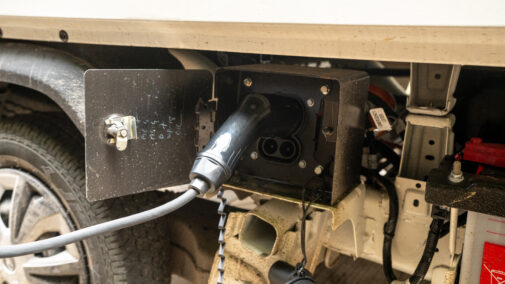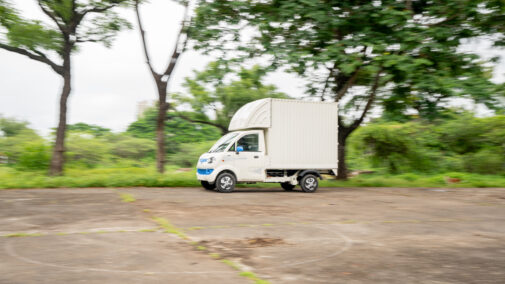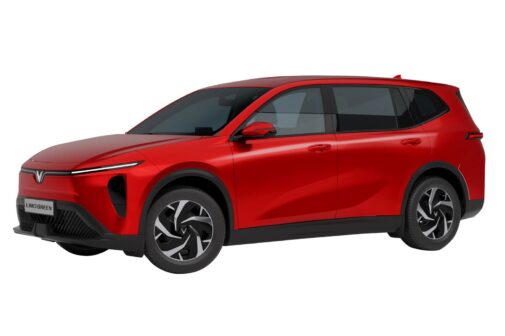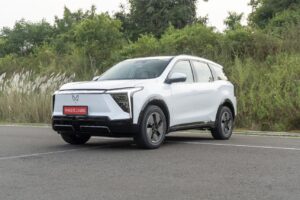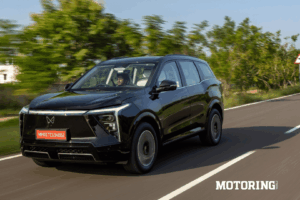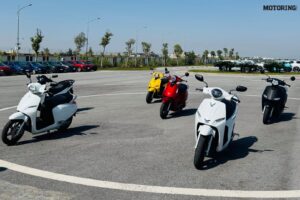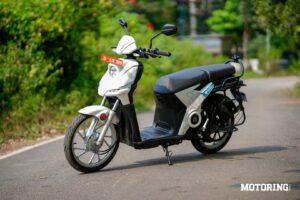It’s always a fun day when a manufacturer calls up and offers one of their commercial vehicles for a spin. The expectation is usually a no-frills, utilitarian drive focused purely on function. But when the keys to the Mahindra Zeo were handed over, it became clear this wasn’t just another workhorse; it was a statement on the future of last-mile logistics in India.
Mahindra Last Mile Mobility has launched the Zeo electric small commercial vehicle (e-SCV) in the less than 2-ton category at a starting price of Rs 7.67 Lakh (ex-showroom). But the real headline isn’t just the price tag; it’s the promise of staggering savings. The company claims that over seven years, a customer can save up to Rs 7 lakh more with the Zeo compared to a similar diesel model. In a segment where every rupee counts, that’s a figure that commands immediate attention.
View this post on Instagram
At its heart, the Zeo uses a permanent magnet synchronous motor that delivers 30kW of power and 11.62 kgm of torque. On paper, those numbers might seem modest, but in the real world, they translate to a driving experience that is fundamentally different from its clattery diesel counterparts. The instant torque characteristic of an EV is the Zeo’s secret weapon. There’s no waiting for a turbo to spool up or grinding through gears—you tap the accelerator, and it moves with an eager, silent surge.
This is paired with a 21.3kWh liquid-cooled battery pack (with a reassuring seven-year/1,50,000km warranty), which Mahindra claims provides a real-world driving range of 160km on a single charge. For a day of city deliveries, this is more than ample. The inclusion of a regenerative braking system helps recapture energy, subtly extending that range, especially in stop-start traffic. Charging is straightforward; with a DC fast charger, you can add 100km of range in just 60 minutes. A standard 3.3 kW onboard charger is also provided for overnight top-ups.
This is where the Zeo truly shatters expectations. Slip behind the wheel, select Drive from the rotary shifter, and the silence is immediately apparent. The usual vibrations and diesel clatter are gone, replaced by a faint whine from the electric motor. In the city, this tranquillity is a massive boon, reducing driver fatigue significantly.
But the real surprise comes when you put your foot down. Compared to the lethargic, groaning progress of a loaded diesel SCV, the Zeo has a genuine spring in its step. We decided to put this to the test by helping a friend shift some massive kitchen equipment—a heavy-duty oven, several industrial-grade mixers, and crates of utensils. Laden with what felt like a small mountain, the Zeo didn’t break a sweat.
Pulling away from a standstill, the instant 11.62 kgm of torque was immediately available, making merging into fast-moving traffic feel effortless and, dare I say, a little fun. There was no drama, no smoke, just a confident and linear push forward. The claimed top speed of 60kph is perfectly adequate for intra-city duties, and it reaches that pace deceptively quickly.
The vehicle offers two driving modes: Eco and Power. Eco is sufficient for most situations, preserving battery life, while Power mode sharpens the throttle response for when you’re carrying a full payload and need that extra bit of urgency. Tackling a steep ramp in a parking garage, the Zeo’s 32 per cent gradeability—the highest in its segment—came into play, climbing up without a hint of struggle. The hill hold assist prevented any rollback, a thoughtful feature that adds to the stress-free driving experience.
With a payload capacity of up to 765kg (enhanced with a bigger 2,250mm cargo box), the Zeo is built for serious work. Its 2,500mm wheelbase and 180mm laden ground clearance ensure it remains stable and can tackle broken urban roads without scraping its underbelly. The 4.3-metre turning radius is tight, making it incredibly nimble in crowded market lanes.
Inside, the cabin is simple but surprisingly well-appointed for a commercial vehicle. A fully digital instrument console provides clear readouts on speed, battery charge, and range. Practical touches like a Type-C USB charging slot and a lockable glovebox are much appreciated by drivers who spend all day in the vehicle.
Where the Zeo truly steps into the future is with its connected tech. The standard Nemo telematics unit is a game-changer. Fleet managers, using the Nemo Fleet Management System app, can monitor vehicle performance, set geofences, manage services, and even get a charge summary. For the driver, the Nemo Driver app helps locate the nearest charging hub, plan trips, and find service centres.
An unexpected highlight is the AI-enabled Driver Monitoring System (DMS). This camera-based system provides lane departure warnings, headway monitoring, and driver behavioural analysis**, and can even warn of potential pedestrian collisions. In a segment where safety is often an afterthought, this is a revolutionary and most welcome inclusion.
The Mahindra Zeo is far more than just an electric alternative to a diesel van. It is a thoughtfully engineered, well-equipped, and genuinely pleasant-to-drive solution that redefines the last-mile delivery segment. The significant long-term savings, coupled with a refined, powerful, and silent drive, make a compelling case.
It’s a vehicle that understands its purpose perfectly: to be a reliable, cost-effective, and hard-working partner for businesses. After a day with it, hauling heavy loads and weaving through city traffic, the conclusion is clear—the Zeo isn’t just a capable last-mile mobility solution; it’s arguably the most intelligent one on the market today. The future of urban logistics has arrived, and it’s surprisingly quick on its feet.





